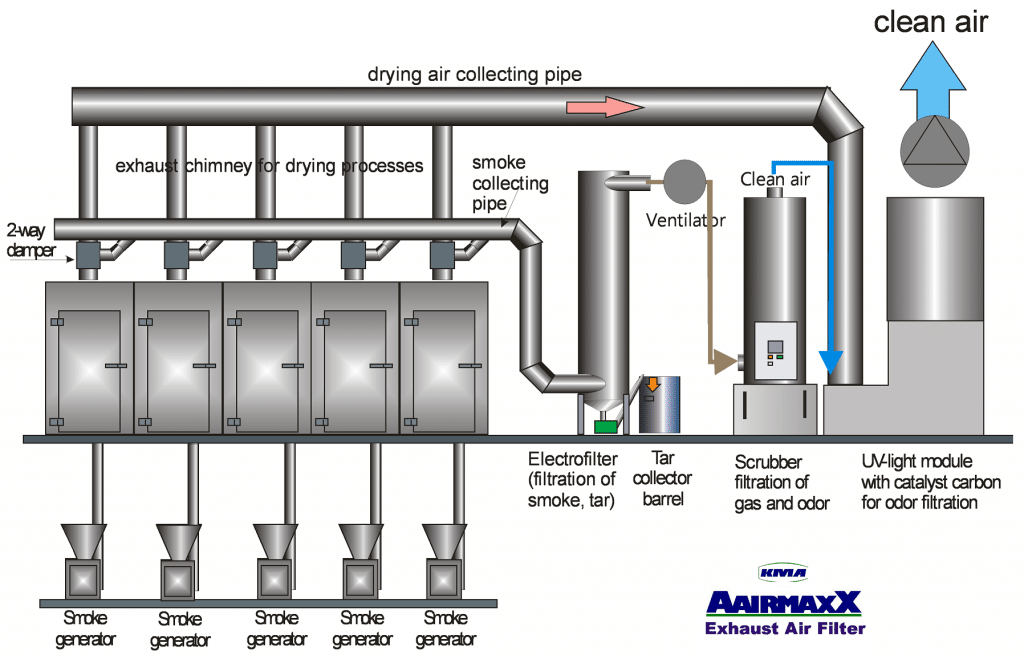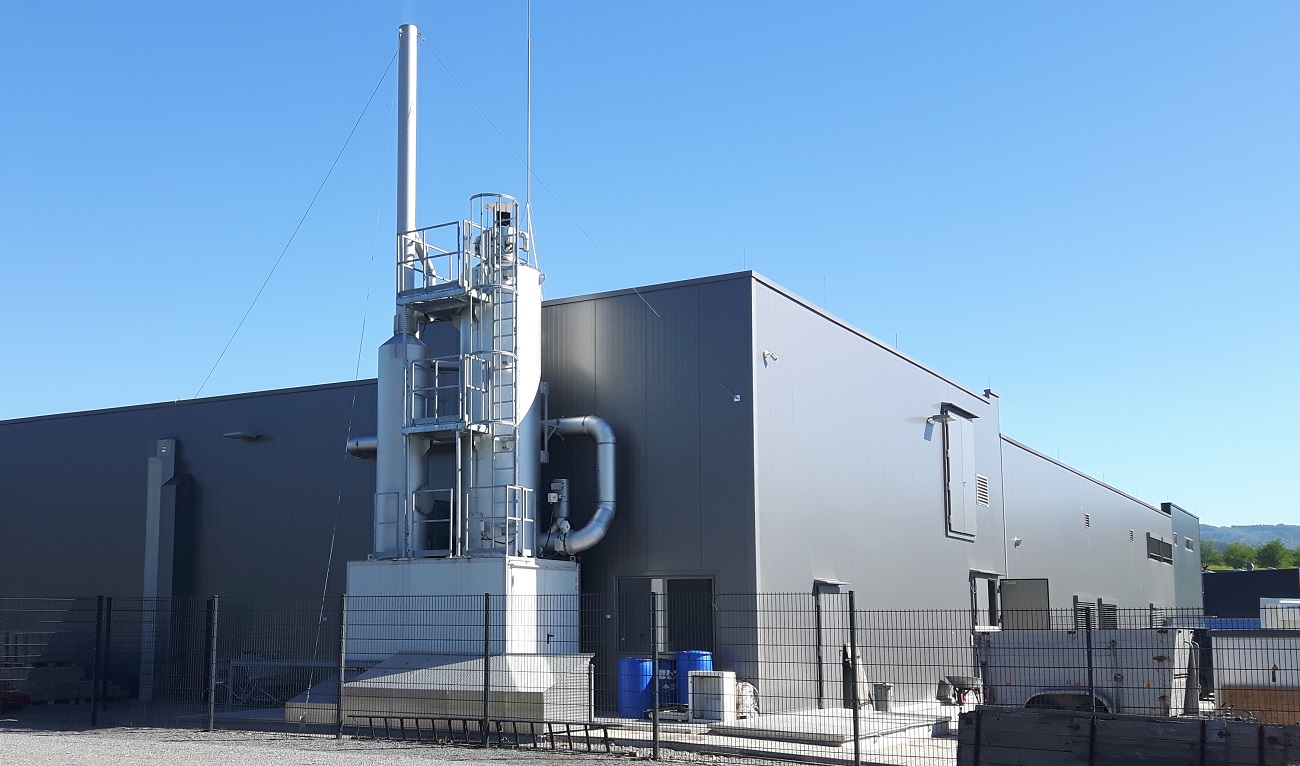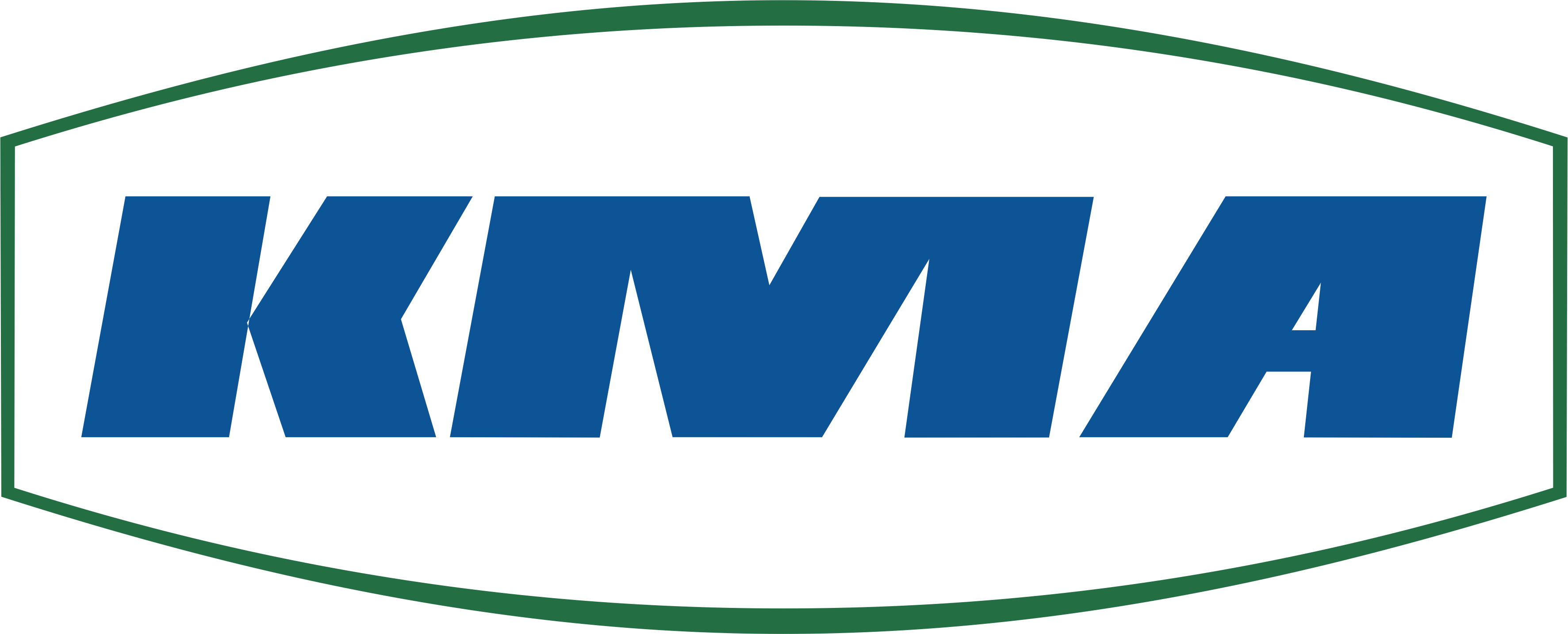Waste gas purification
Waste gas purification
The term waste gas purification describes the separation of contaminating particles, oils or aerosols from waste gases. Waste gas are gas or air masses of increased temperature, whereas the term exhaust air purification refers to the purification of gas or air masses at low temperature.
In general there are various methods to purify exhaust gas in industrial production plants, like for example smoke houses: one the one hand conventional thermal oxidation (like thermal oxidation (TO) or catalytic oxidation (CO)) or on the other hand hybrid filtration systems, consisting of several different filter modules.

KMA AAIRMAXX® functionality

KMA AAIRMAXX® hybrid filter system for exhaust gas cleaning in a meat product production
In accordance with national legal requirements production plants have to comply with specified pure gas values concerning the maximum mass concentration of carbon and other elements. Furthermore, new industrial smoking systems need to undergo an approval procedure starting right from the planning phase to comply with legal requirements.
During thermal oxidation (TO) the exhaust gas mass is heated to high temperatures. Thermal oxidation systems operate at temperatures above 750°C in order to sufficiently extract emissions and odors from the smoke house waste gases. Using thermal oxidation, impurities, mostly organic solvents, are converted into CO2 and water. However, this process does not reduce CO2 emissions nor does it improve it the company’s life cycle assessment. However, using thermal oxidation achieves the goal of purified exhaust air only at expense of the environment: the supply of fossil fuels required to reach such high temperatures consumes immense natural resources, is cost-intensive and releases secondary emissions such as NO and CO2.
A sustainable alternative to thermal oxidation are the multi-stage hybrid filtration systems (AAIRMAXX®) by KMA Umwelttechnik, which use two filter modules to simultaneously extract solids and odors. The smoke is separated in two steps, first using electrostatic charging and then by washing the smoke to extract gases and odors. The first step uses an electrical particle separator (electrostatic filter) to separate grease mist, oil smoke or smoke from the exhaust gas. In the second step, contaminating odors are eliminated using a gas and odor separator (e.g. an exhaust gas scrubber for VOC separation).

Operating costs and CO2 savings at Schwarzwaldhof Fleisch- und Wurstwaren GmbH
For each customer, the ideal technical solution to exhaust air purification has to combine both economical and ecological advantages. A calculation example shows that ecology and economy do not have to contradict themselves modern exhaust air filtration systems: Smoke houses in meat product production plants operate with a maximum exhaust air volume of 16,000 m3/h running 24/7. When using a conventional TO, the annual operating costs would lay at around € 713,000 due to high consumption of natural gas and electricity. The example is based on 5,760 operating hours and a burner temperature of 750°C. In contrast, the operating costs of a KMA hybrid filtration system are currently around € 60,000. These costs consist of the consumption of electrical energy, washing liquid and the extraction and disposal of discharged wood tar. Therefore, KMA exhaust air filtration systems save 92% of annual operating costs compared to a thermal oxidation system.
The ecological impact of the respective purification system is even more noticeable: while the use of TO under the above-mentioned operating conditions would lead to annual CO2 emissions of approx. 2,838 tons, the carbon footprint using a KMA filter system is only 133 tons – meaning 95% less CO2 emissions.
Related Links







